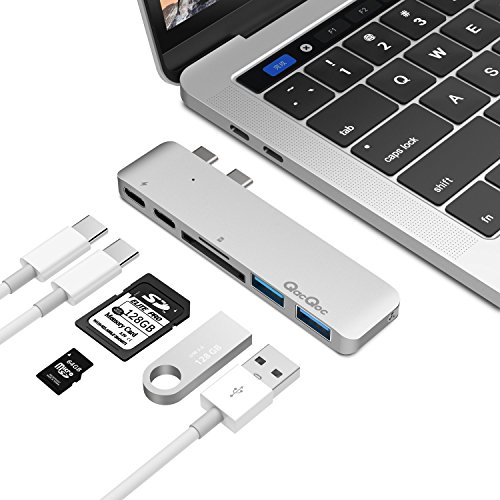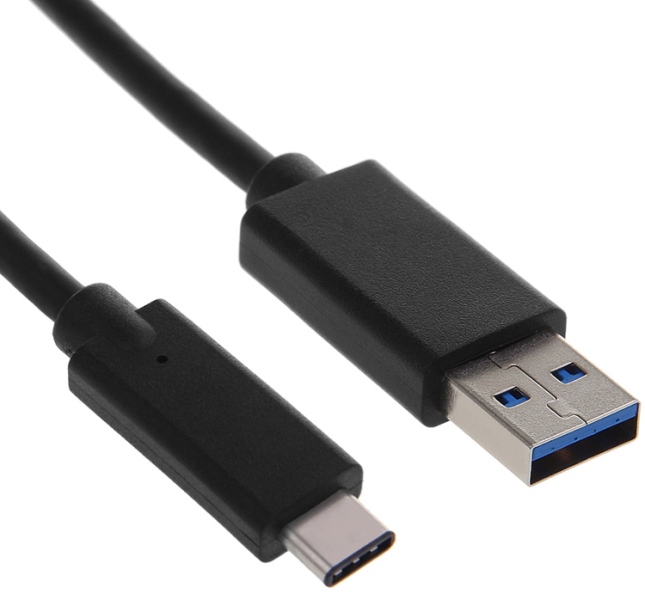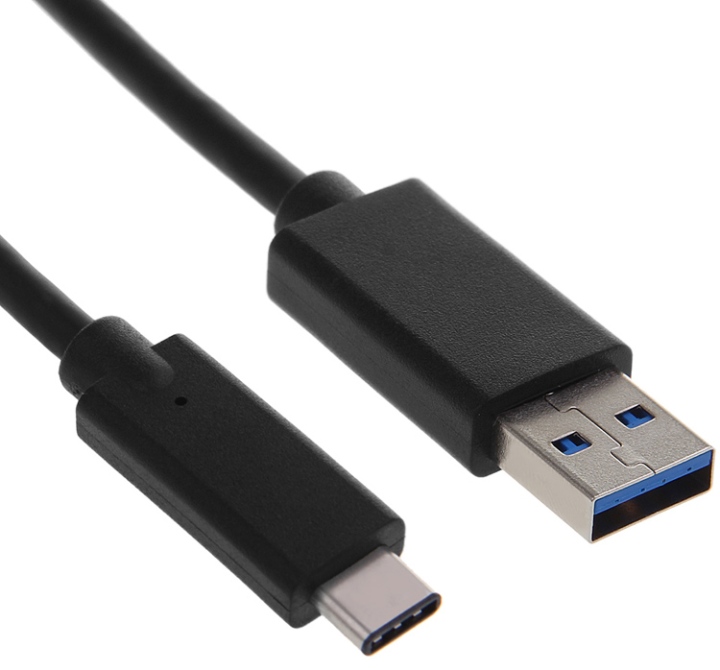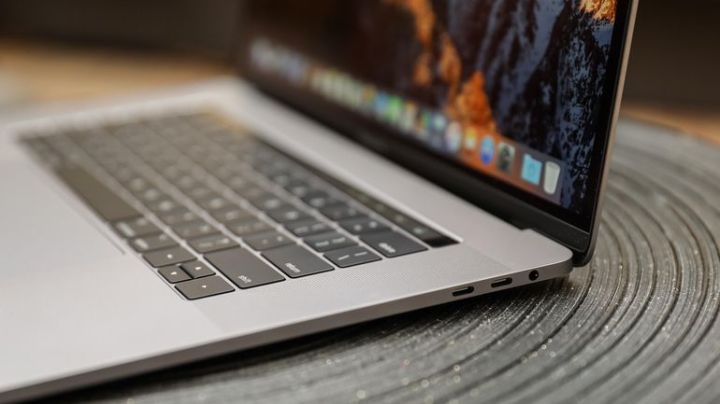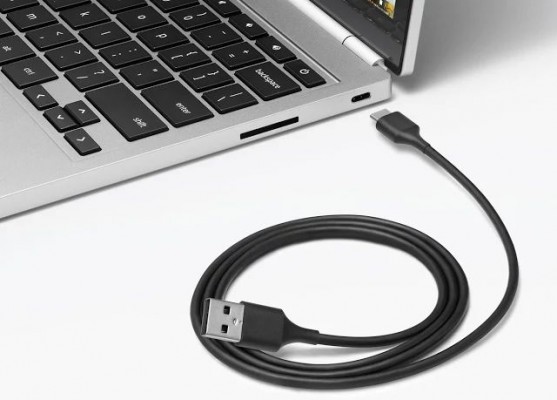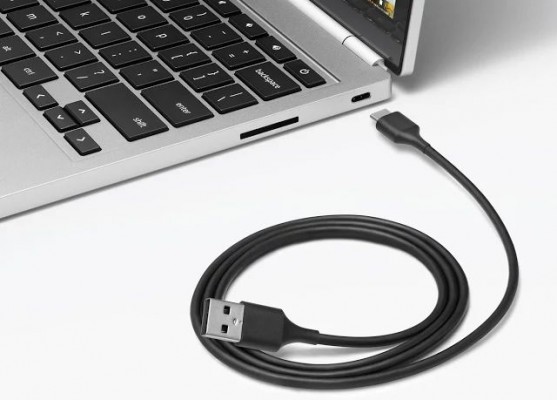I recently changed from PC to offer me a Lenovo Yoga 900. A very nice machine by the way, not yet compatible Ubuntu, but it will not be long.
As I work most of the time with a second screen in HDMI, I started looking for an adapter because my device is closer to Apple in terms of connection, than my old Vaio.
There, the troubles begin.
I bought the PC at Baker’s. Initially I did not pay attention to the connection and trusted the seller regarding the adapter, which sold me an HDMI adapter typc C (€12) and non-USB type C. First go back.
This is the rat race. No adapter in the USB C > HDMI store.
We begin by proposing to me the Microsoft miracast, which is an equivalent, more expensive, of the Chromecast, but supposed to be of better quality. Next to that, I’m offered an Apple adapter. The only one that could work. But hold on to it: €89! Bravo.
So I decide to try my luck with Miracast (€49), until I realize that beyond the fact that the quality is not terrible compared to an HDMI cable, I do not have, contrary to what I thought, USB socket on my screen, to power the box.
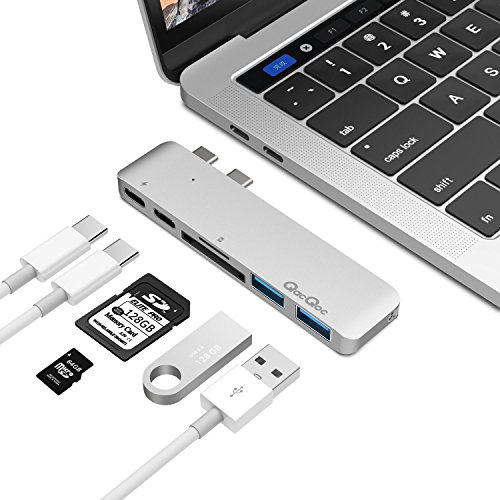
The excitement starts to go up, I go to Amazon and make me deliver the same day a QACQOC adapter supposed to be compatible with Apple, Android and all type C. I get the camera at night and …
It is Sunday, and death in the soul, I resign myself to go to get reimburse the adapters I bought, to exchange them for the Apple company, squeezing a little buttocks.
Conclusion: Gentlemen The manufacturers, when the standards are not yet deployed, and that cables and adapters are not yet on the market, avoid simply deleting the current standards of your machines. I have the firm intention to contact Lenovo next week, to ask for a partial or even full refund, of this adapter that cost me an arm.
Total cost at the moment: €79. If I manage to get reimbursed the adapters fair: €89, otherwise: €150, just.. To connect my PC to a screen.
